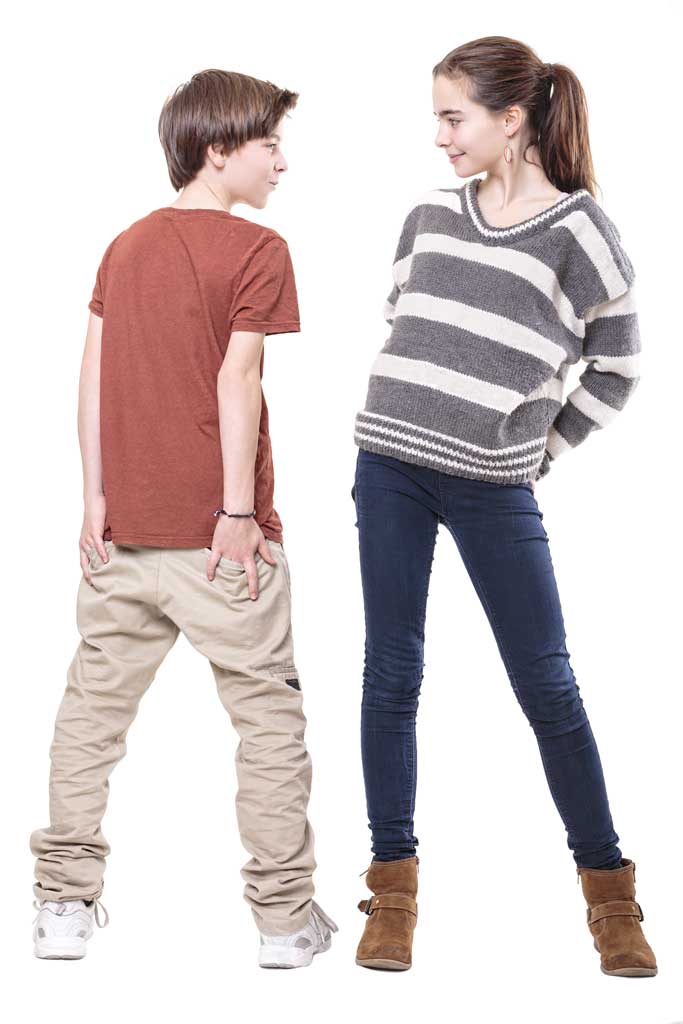We use cookies to improve and analyse your browsing experience on our web. You can accept these cookies, reject them or choose your settings by clicking on the corresponding buttons. Please note that rejecting cookies may affect your browsing experience. For more information you can consult our Cookies policy.
Cookies are an essential part of how our web works. The main goal of cookies is to make your browsing experience more comfortable and efficient and to improve our services and the web itself.
Here you can find all the information about the cookies we use and you can activate and/or deactivate them according to your preferences, except for those cookies that are strictly necessary for the operation of the web. Blocking some cookies may affect your experience on the web and how the site works. For more information you can visit our Cookie Policy.
These Cookies are necessary for the web to function and cannot be disabled on our systems. They are generally only set up in response to actions you may take such as requesting services, setting your privacy preferences, logging in or completing forms. You can set your browser to block or warn you about these cookies, but some parts of the web will not work. Information about Cookies.
These Cookies allow us to count the number of visits and traffic sources so that we can measure and improve the performance of our site. They help us to find out which pages are the most popular and least popular, and to see how visitors move around the web. All information collected by these Cookies is aggregated and therefore anonymous. If you do not allow these Cookies we will not know when you visited our web. Information about Cookies.
These cookies are used to analyse your activity in order to show you personalised advertisements. Information about Cookies.
Change theme

Revision mode

Living things are highly organised and complex organisms. Inorganic matter and organic matter are formed by the same chemical components; however in living things, these chemical components are grouped into structures with different levels of complexity known as levels of organisation. These levels are:

Human beings are living things and as such they have the following characteristics:
Human beings are multicellular organisms: they have many cells. Not all cells are the same and cells have different structures and functions.
Human beings are also animals and have the following characteristics:


Cells are elemental units of independent life and are different from each other. They have specialised features and group together to form more complex structures (in multicellular organisms).
The level of organisation found in human beings are: cells, tissues, organs, or systems and organism.

Key concepts
Activity 1
Do you know any other systems apart from the skeletal and reproductive systems?
Activity 2
Match all the systems of the human body with its corresponding job.
Activity 3
Explain the meaning of the following statement: “Every living thing is or has been a cell”.
Activity 4
Why are bones considered to be organs? Choose the correct answer.

